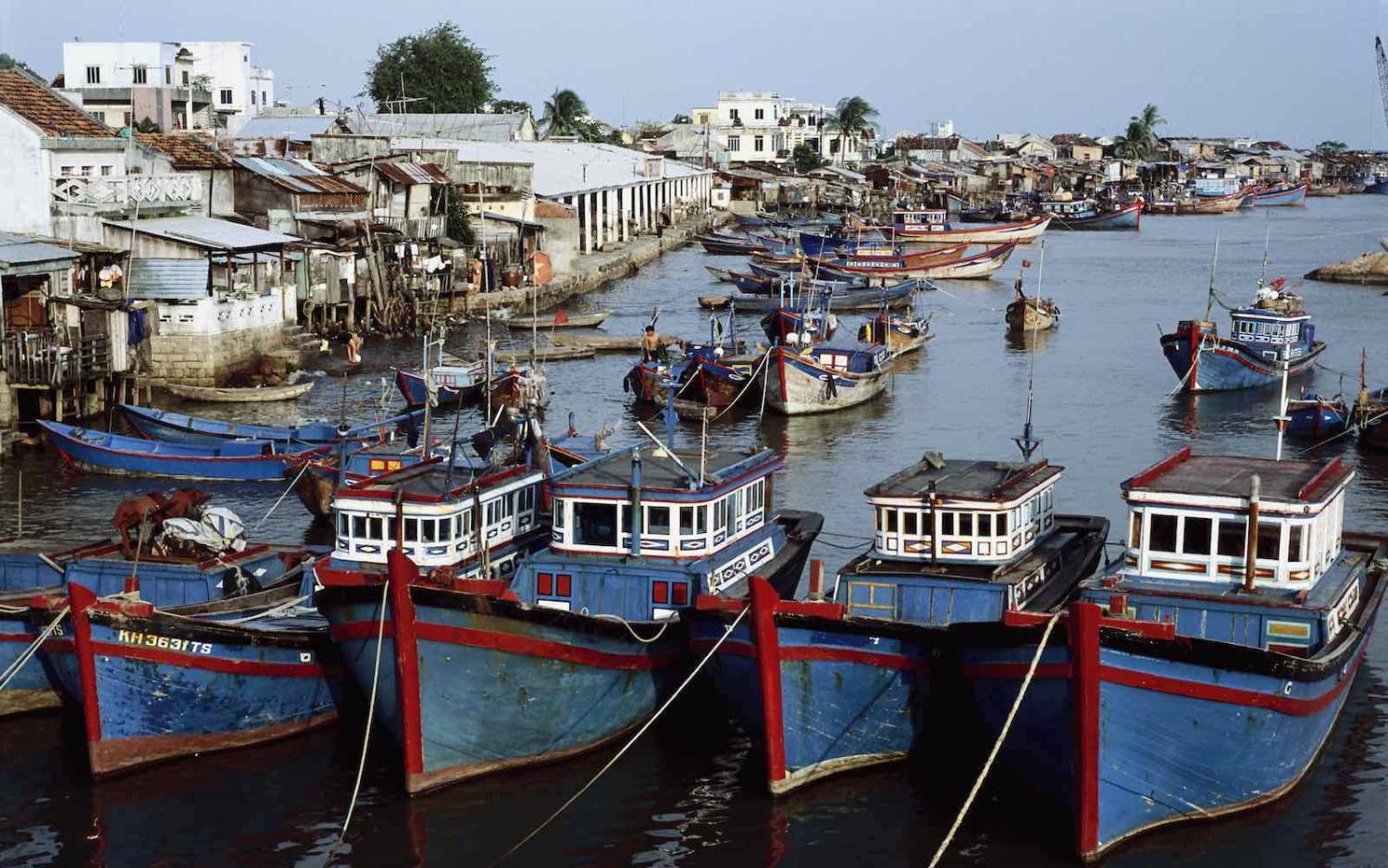On 26 June, the leaders of the ten-member Association of Southeast Asian Nations (ASEAN) held their 36th annual summit by video conference, after the in-person summit scheduled for April was postponed because of Covid-19. The pandemic was the main topic of discussions.
Also high on the agenda was the South China Sea conundrum. In the run-up to the delayed summit, there were expectations in some quarters that the leaders – particularly of Vietnam and the Philippines – would strongly criticise China for its perceived transgressions against rival claimants in the South China Sea.
Predictably, such hopes were dashed, and the outcome of the meeting regarding the South China Sea was muted and ambiguous. That has left analysts to try to sort out the results by reading the proverbial tea leaves.
Over the past year, China has taken actions that have alarmed some other claimants and stoked the US narrative that China is a threat to the region. After the early April sinking of a Vietnamese fishing boat due to a collision with a Chinese Coast Guard vessel in China’s claimed waters off the Paracels, the US State Department expressed serious concern, adding that “this incident is the latest in a long string of PRC actions to assert unlawful maritime claims”.
This was simplistic hype that lumped together different political and geographic circumstances, as well as the degree of egregiousness and legitimacy of China’s actions. Each should be analysed individually, and there may be reasonable explanations for many of them.
The tea leaves say that ASEAN is still – or even more – disunited and worried about the China-US confrontation in the South China Sea and getting caught in between.
Vietnam has been the most vocal regional critic of China’s actions in the South China Sea. It is the current ASEAN Chair and was the summit host. In his opening speech, Vietnam’s Prime Minister Nguyen Xuan Phuc said, “While the entire world was fighting an epidemic, irresponsible actions that violate international laws and pose threats to security and stability were taking place in some areas, including Vietnam’s.”
But unlike the US, he did not call out China by name. Nor did any other leader – demonstrating respect, fear or both.
The Philippines is the current ASEAN lead interlocutor with China. President Rodrigo Duterte said little progress had been made “in producing deliverables” from the ASEAN–China dialogue. But perhaps his most significant observation was that ASEAN members and China “must find innovative ways and exercise flexibility to achieve our common goals”.
According to Philippines Presidential spokesperson Harry Roque, at least half of the ten ASEAN leaders raised the South China Sea issue. One can assume that, besides Vietnam and the Philippines, this would include Indonesia, Malaysia and Singapore.
The leaders were clearly concerned with the US-China military buildup in the region. As China’s Navy continues its modernisation and projects power further out to sea, the US has responded by deploying forces from Europe to the Asia-Pacific. US Secretary of State Mike Pompeo declared, “We’re going to make sure we’re postured appropriately to counter the PLA [People’s Liberation Army].”

Indonesia’s Foreign Minister Retno Marsudi said that it was “important for ASEAN to keep sending out messages to great powers involved in the dispute to maintain regional peace and stability in the South China Sea”.
Considering previous relevant statements by high-level Indonesian government officials, this appears to be a plea to both China and the US to back off and exercise more restraint in their military deployment in the region.
The statement of the ASEAN Chair said:
We underscored the importance of non-militarisation and self-restraint in the conduct of all activities by claimants and all other states which could further complicate the situation and escalate tensions in the South China Sea.
That could be interpreted to also mean a concern with the behaviour of the US – which, unlike China, is a non-claimant. If this were truly the unanimous sentiment of ASEAN, it would be new.
The statement also “reaffirmed [emphasis added] that the 1982 UNCLOS is the basis for determining maritime entitlements, sovereignty, jurisdiction and legitimate interests over maritime zones.”
If this endorsement of the role of the UN Convention on the Law of the Sea in determining claims had been issued by ASEAN collectively and unanimously, it would indeed be a new level of veiled criticism of China’s claims. But it should be remembered that the non-negotiated Chairman’s statement was drafted by Vietnam, which has a particular axe to grind. Although many have seized on this as new, previous ASEAN Chair statements have referenced UNCLOS as the guide for resolving disputes. Also, several rival claimants have previously asserted that UNCLOS is the basis for claims and resolving disputes.
Although the US hasn't ratified UNCLOS, Secretary of State Pompeo hypocritically welcomed the statement, adding that “China can’t be allowed to think about the South China Sea as its maritime empire”.
The overall result is a mishmash. The tea leaves say that in regard to the South China Sea, ASEAN is still, or yet more, disunited and worried about China-US confrontation and getting caught in between.
In other words, for ASEAN and ASEAN–China relations in the South China Sea, little or nothing has changed.

